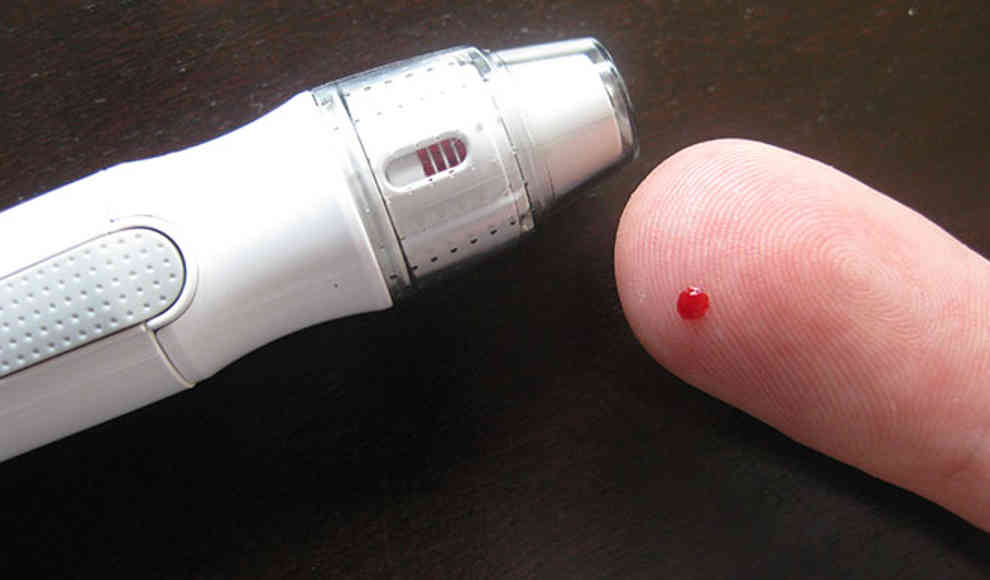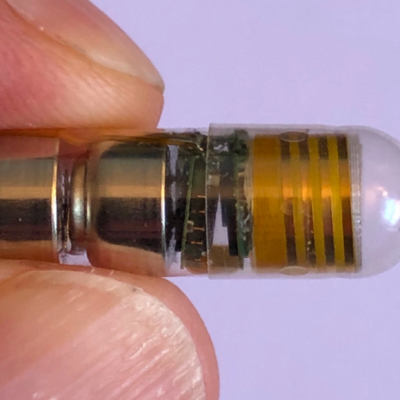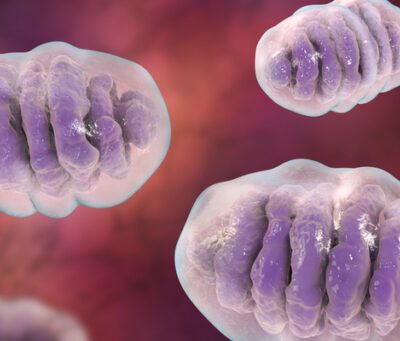US researchers have developed a painless insulin patch with an integrated blood sugar sensor that could revolutionize diabetes treatment. The patch, which contains hundreds of tiny needles, releases insulin only when a molecular sensor in the patch detects high blood sugar levels. The results of tests on mice have been better and more sustainable than with conventional treatment methods. In type 1 and severe type 2 diabetes, the production of insulin in the pancreas no longer functions as it should, and patients must regularly measure their blood sugar levels and inject themselves with insulin. This process is not only unpleasant but also prone to errors, which can have fatal consequences. The patch developed by Jicheng Yu and his colleagues at the University of North Carolina in Chapel Hill could eliminate dosing errors and uncomfortable injections.
The patch is made up of around 100 microscopic needles made of stiffened hyaluronic acid, a natural component of human connective tissue. The needles only penetrate just below the surface of the skin, to the level of the blood capillaries. The needles contain tiny bubbles filled with insulin and an enzyme that reacts to blood sugar. The wall of the bubbles is also made of hyaluronic acid, to which another organic molecule has been added. When blood sugar levels rise, the enzyme in the bubble reacts and feeds on the oxygen in the organic molecule, making the hyaluronic acid wall brittle and releasing the insulin into the body.
Tests on mice with type 1 diabetes have been successful, with the patch reducing blood sugar levels within 30 minutes and keeping them stable for nine hours. The patch also prevents overdosing, as insulin is only released when blood sugar levels have risen. The researchers hope to develop an intelligent insulin patch that patients only need to change every few days. Before the patch can be used on humans, further tests are needed, but Yu and his team are confident about its potential.










